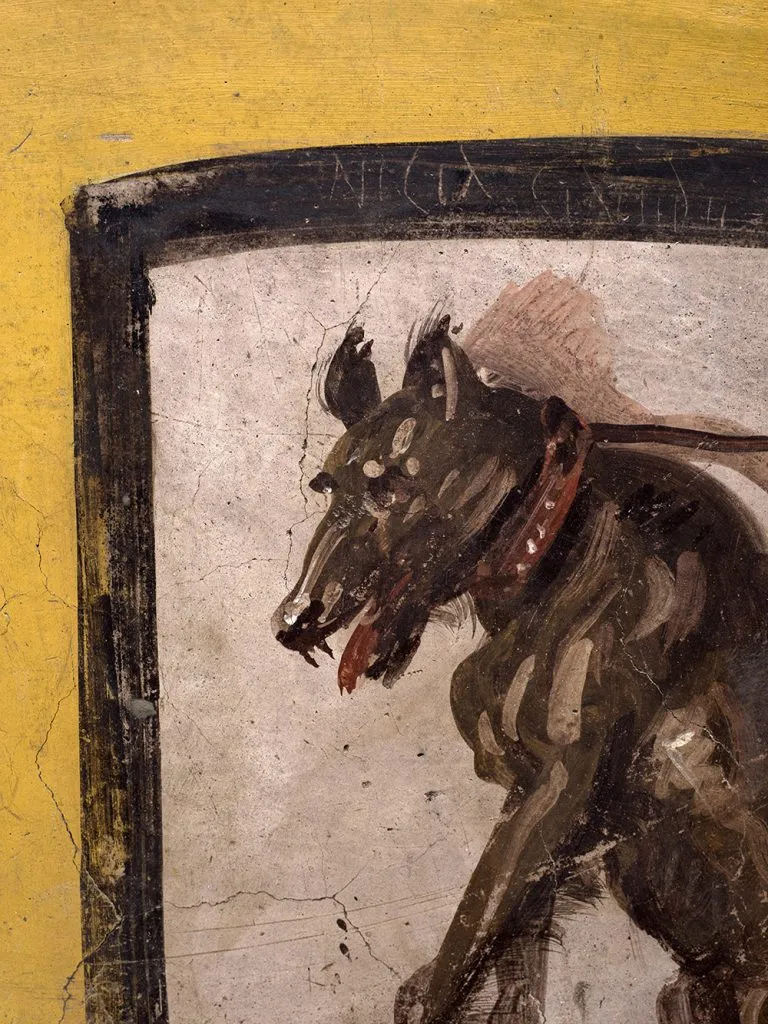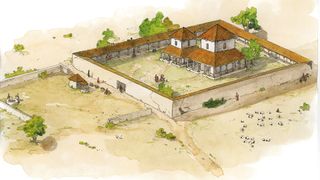The Sweaty Body Grime of Greek and Roman Athletes was a Hot Commodity
The ancient Greeks and Romans had very different ideas on how to stay clean. For despite the Roman (deserved?) reputation for
hygiene due to their elaborate plumbing systems, heated public baths and flushing toilets, this was before the invention of soap and their cleaning rituals can sound bizarre to modern ears.
One popular tool used by the
Romans, as well as the
Greeks and Etruscans before them, was the
strigil.
While common strigils were made of unadorned bronze, the more affluent had ornate personal strigils made out of silver or tin. The idea was to lather the body in
olive oil before doing exercise or using public baths. Slaves would then use strigils, which were curved metal blades, to scrape off excess oil, sweat and dirt.
Known as
strigimentum in Latin and
gloios in Greek, this exfoliated body grime was actually a hot commodity thought to have
healing properties, especially when it was scraped off athletic bodies. In
Medium, Tim McGee explained that these sweaty skin scrapings were sold to “admirers who would anoint themselves hoping to confer the vitality and health of the athlete to themselves.”
“This presumably funky-smelling mixture, called
gloios, was considered so precious that some went so far as to take scrapings from
bathhouse walls against which athletes had leaned and left sweat tracings from their bodies,” wrote Bill Hayes in
Sweat: A History of Exercise . Rich Roman women would purchase vials of
gladiator filth to use like a high-end facial cream.
Pliny the Elder had quite a bit to say about
strigimentum in his Natural History , which he claimed Romans used to heal hemorrhoids, joint swellings, inflammation and even genital infections. The physician Galen explained that the
smelly dirt was collected from the floor, walls and the statues of
gymnasiums to be used for its medical properties. An inscription found at the gymnasium of Beroea in Macedonia from the second century BC made reference to the sale of
gloios from the bodies of its customers. In this case it was collected to fund the position of a security guard.
https://www.ancient-origins.net/weird-facts/strigil-0017676
maximus otter








